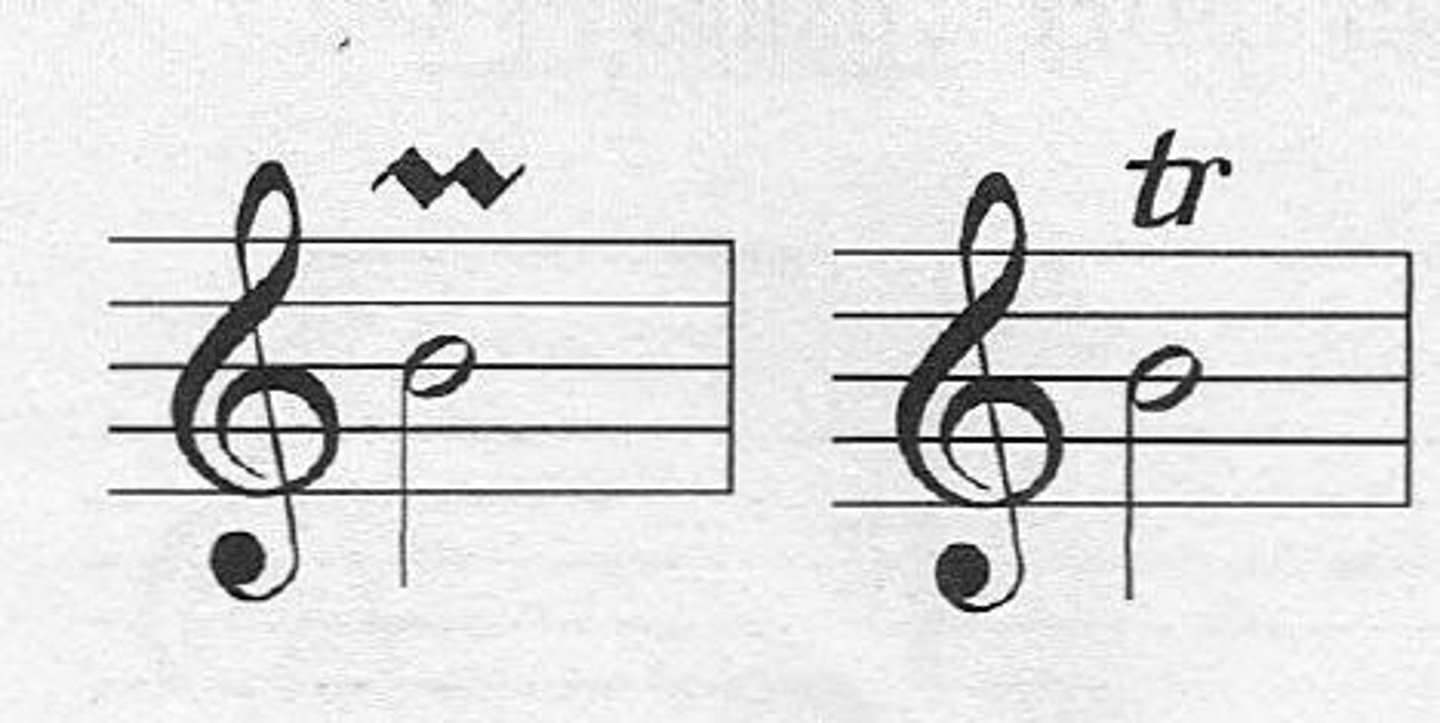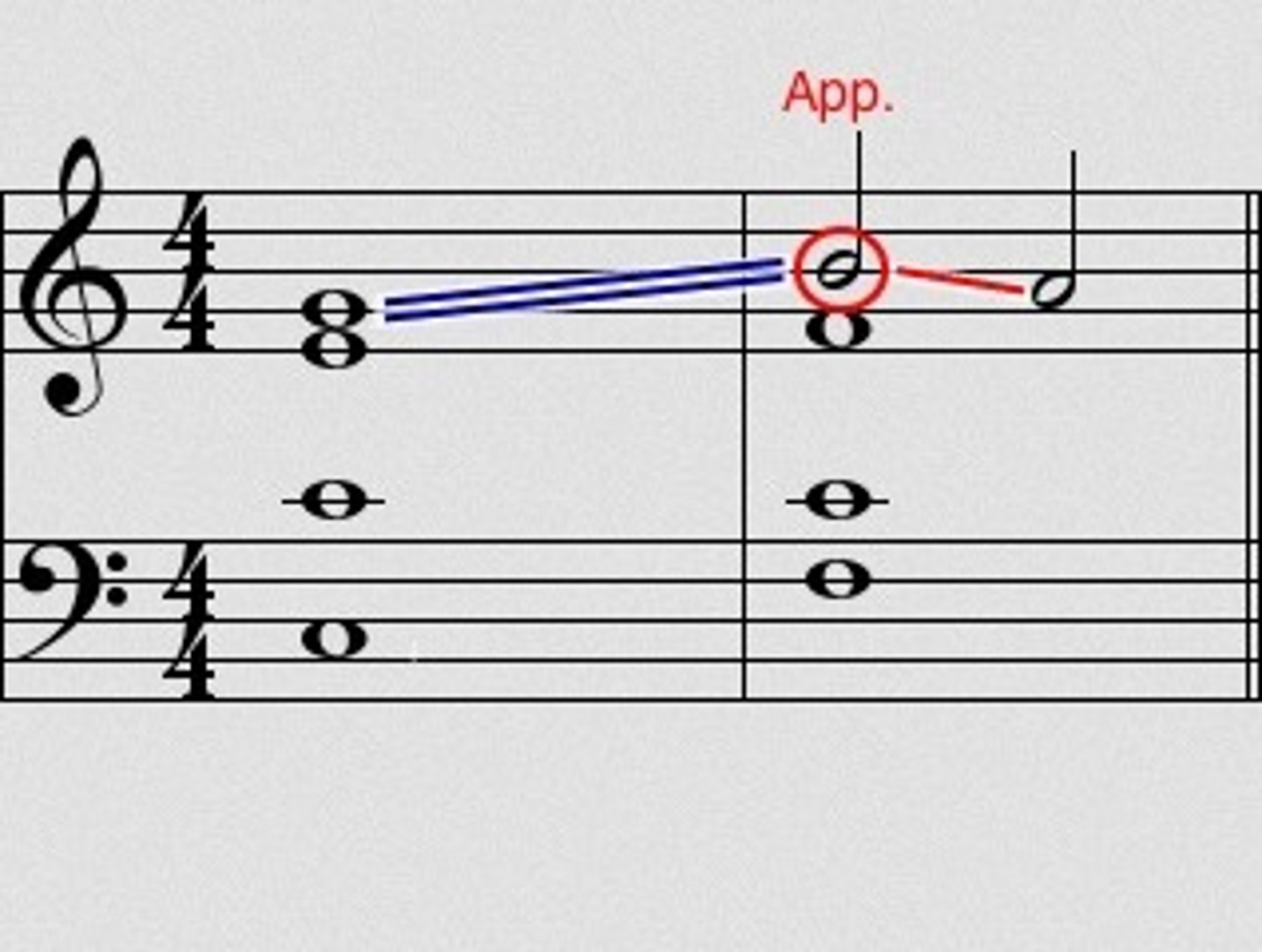GCSE Music Setwork - Badinerie
1/29
There's no tags or description
Looks like no tags are added yet.
Name | Mastery | Learn | Test | Matching | Spaced |
|---|
No study sessions yet.
30 Terms
Who composed Badinerie?
Johann Sebastian Bach
When did J.S.Bach live from?
1685-1750
What time period is 'Badinerie' from?
Baroque period
When did the Baroque period happen?
1600-1750
When was Badinerie written?
1738-1739
What is a badinerie?
A lively, light-hearted dance - part of a Suite.
What is Badinerie a part of?
Orchestral Suite No.2
What is a Suite?
A set of dances that each have a specific character.
Form
Binary form - 2 related parts each repeated once (AABB).
Section A is 16 bars long.
Section B is 24 bars long.
Instrumentation
Flute, Violin 1, Violin 2, Viola, Cello, Harpsichord
Purpose of the flute
Provides the melody line
Purpose of the violins + violas
provides harmony - accompaniment to the flute's melody.
Purpose of the harpsichord
Provides chords and continuous bass.
Purpose of the cello
Provides harmony, some of the melody and continuous bass.
Tonality
Section A:
- Starts in B minor and ends in F# minor.
- Modulates from B minor -> A major -> F# minor
Section B:
- Starts in F# minor, and ends in B minor.
- Modulates from F# minor -> E minor -> D major -> G major -> D major -> B minor
Relationship between B minor and F# major
F# major is the dominant minor to B minor.
Relationship between B minor and D major
D major is the relative major to B minor.
Metre/Time signature
2/4 (simple duple time) - 2 crotchet beats per bar.
Texture
Homophonic - melody and accompaniment
Dynamics
Mostly forte, but also makes use of terraced dynamics as there aren't many dynamic markings on the score.
Tempo
Allegro (not marked on the score)
Ornamentation
Trills and appoggiaturas
Trill
An ornament that consists of a rapid alternation of a note a semitone or tone above the written note.

Appoggiatura
An ornamental note that falls on the beat as a dissonance and then resolves by step onto the main note - puts emphasis on the grace note.

Sequence
A repeated pattern of notes, ascending or descending.
Terraced dynamics
The sudden change from Forte to Piano without a gradual change - unlike a crescendo or diminuendo. A main feature of Baroque music.
Diatonic
A melody that only uses notes of the key.
Two main motifs in Badinerie
Motif X: (Bars 0^2-2^1) Descending sequence of a B minor arpeggio
Motif Y: (Bars 2^2-4^1) Consists of both arpeggios and conjunct movement.
What does badinerie start on?
An anacrusis
Cadences
Imperfect and perfect cadences are used throughout the piece.
Both sections end in a perfect cadence.